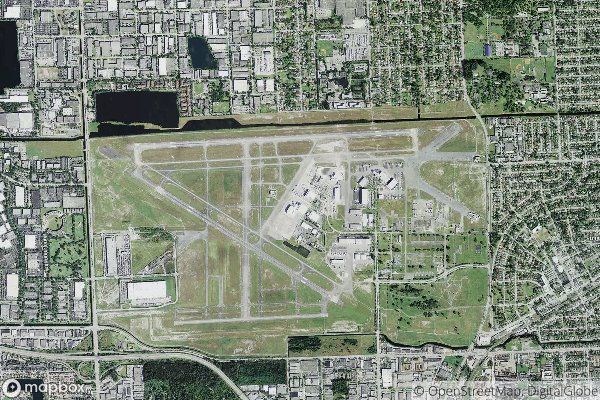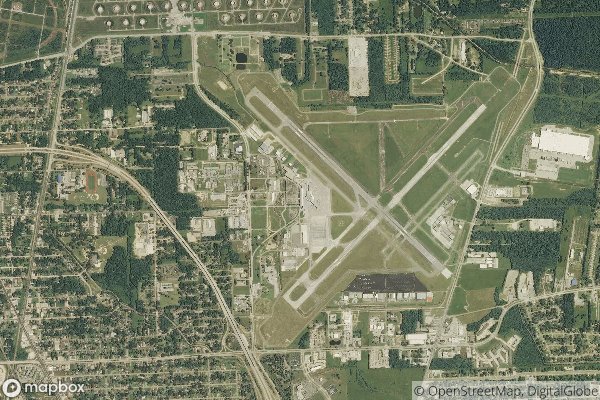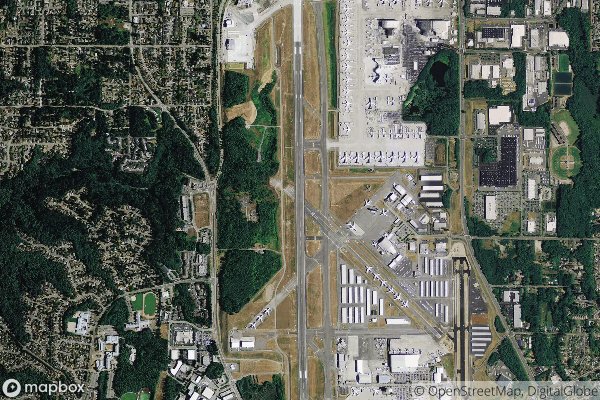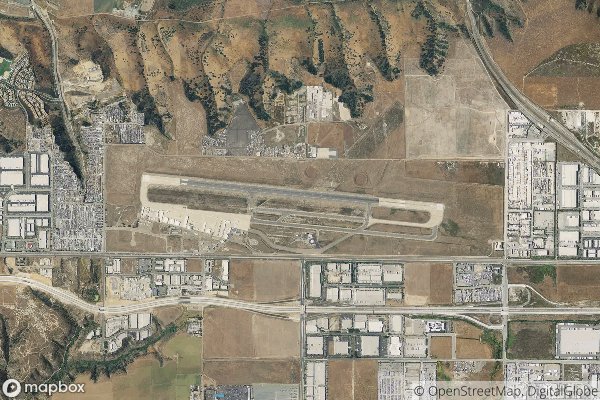| Code | BMI/KBMI |
| Name | Central Illinois Regional Airport/Bloomington-Normal |
- See here the complete List Of All Airports In United States with Codes.
Understanding BMI/KBMI Airport Code (Structure of Airport Codes, Challenges and Confusions)
Airport codes play a crucial role in the aviation industry, serving as unique identifiers for airports around the world. These codes, also known as IATA codes, are used by airlines, travel agents, and passengers to quickly and easily identify airports when making flight reservations or checking flight statuses. The structure of airport codes, however, can be complex and confusing, especially for those who are not familiar with the system.
Decoding Airport Code
The BMI/KBMI airport code refers to Central Illinois Regional Airport, which is located in Bloomington, Illinois. The IATA code “BMI” stands for Bloomington, while the ICAO code “KBMI” signifies the airport’s location in Bloomington, Illinois.
Operational Significance
The BMI/KBMI airport code is significant in aviation operations for several reasons. Firstly, it allows air traffic control, pilots, and airlines to easily communicate and identify the airport during flight operations. Additionally, the airport code is used in flight planning, air traffic management, and airport management systems, ensuring smooth and efficient aviation operations.
History of Airport Codes
The history of airport codes dates back to the 1930s when the International Air Transport Association (IATA) adopted a standardized system for airport identification. This system utilized three-letter codes to identify airports worldwide and has since become the globally recognized standard for airport coding.
The structure of airport codes is designed to be unique and easily identifiable. While some codes may seem arbitrary, they are often based on the airport’s name, city, or geographical location. For example, the code “LAX” for Los Angeles International Airport or “JFK” for John F. Kennedy International Airport.
While airport codes are generally straightforward, they can also present challenges and confusion, especially for travelers and those who are not familiar with the coding system. For instance, the code “BMI” for Central Illinois Regional Airport may not immediately indicate its location to a casual observer.
To mitigate the confusion surrounding airport codes, travelers can familiarize themselves with the codes of airports they frequently visit and utilize online resources and travel apps to quickly look up unfamiliar codes. It’s also important for travel agents and airlines to provide clear and accurate information regarding airport codes to ensure a smooth and seamless travel experience for passengers.
In conclusion, understanding BMI/KBMI airport code and the structure of airport codes is essential for anyone involved in the aviation industry or frequent air travel. These codes play a crucial role in aviation operations and are necessary for efficient flight planning and airport management. While they may present challenges and confusion at times, familiarizing oneself with airport codes can lead to a smoother and more enjoyable travel experience.




